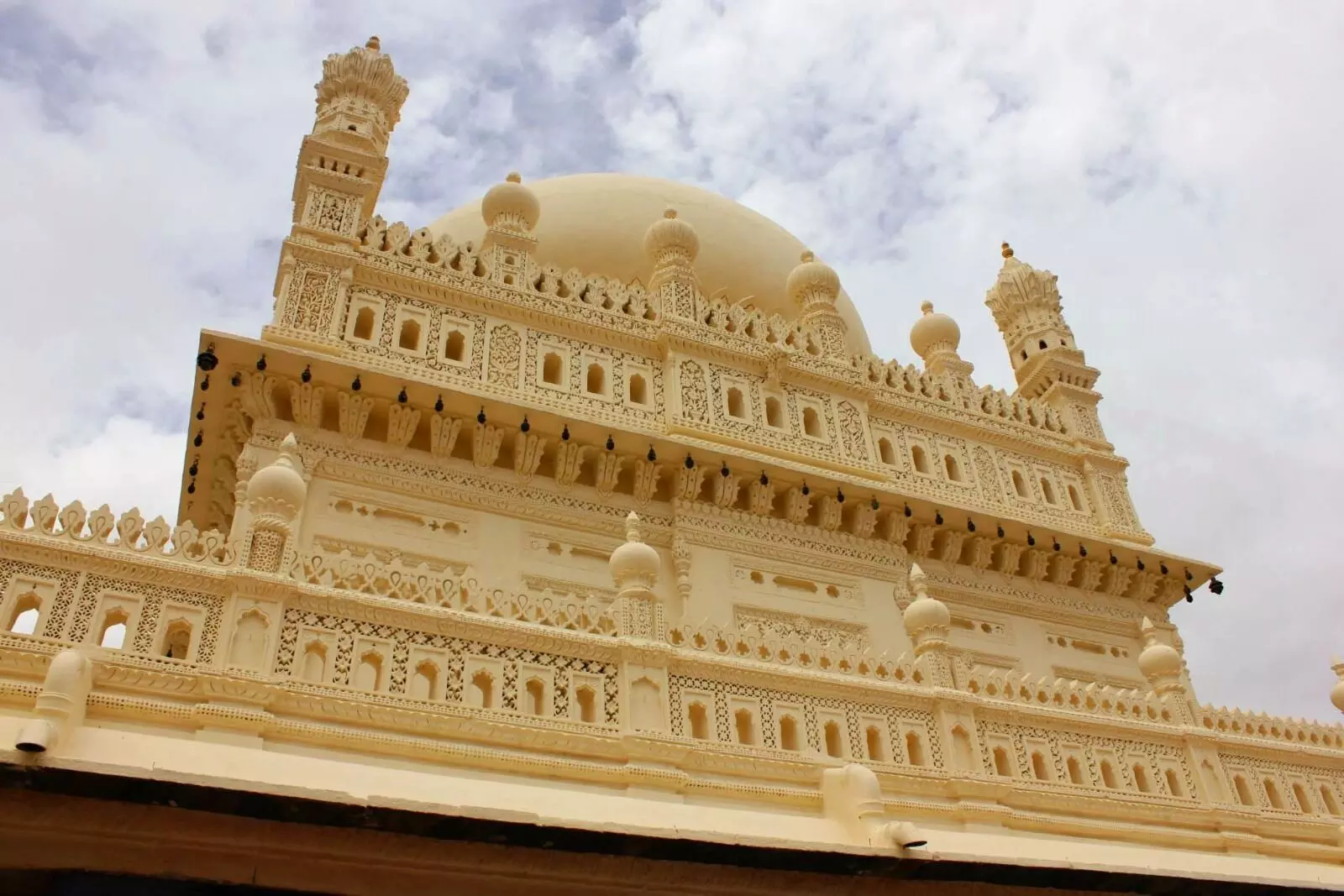How Tipu Sultan’s Srirangapatnam has become a famed tourist place
Srirangapatnam is well connected as it is only 127 kilometres from Bangalore, about 19 kilometres from Mysore in Karnataka
By Beyniaz Edulji
Srirangapatnam and Ranganathittu have become a hot tourist destination in Karnataka, Tipu Sultan's erstwhile kingdom
Srirangapatnam: We had planned a road trip from Hyderabad to Coonoor in the Nilgiri Mountains, when our friends suggested that we start a little earlier so that we could stop at Srirangapatnam, which was made famous by its erstwhile ruler, Tipu Sultan.
Although a small town, Srirangapatnam is well connected as it is only 127 kilometres from Bangalore on the Bangalore-Mysore Highway, about 19 kilometres from Mysore in the State of Karnataka. Srirangapatnam is an island in the Cauvery River.
Ranganathittu Bird Sanctuary
It was way too early to visit Tipu Sultan’s Summer Palace, so we found ourselves heading first for the Ranganathittu Bird Sanctuary about 3 kilometres away. Ranganathittu comprises a group of small islands in the Cauvery River and came into being due to a small dam built across the Cauvery River in the 17th Century.
Salim Ali’s Brainchild
But it was only in 1940 that Dr Salim Ali, the world-famous ornithologist, asked the then Maharaja of Mysore to declare Ranganthittu as a protected area. The sanctuary covers an area of 40 acres and is home to a wondrous variety of birds.
Thousands of birds
The Sanctuary had just opened for the day, and we were the first ones in. The sound of bird calls seemed unusually loud. We were told that we were very lucky to be visiting then, as it was nesting season. The season stretches from June to November and attracts tens of thousands of birds from India and abroad. Migratory birds come here from North India, Siberia, and Latin America to nest.
The guide at Ranganathittu was excellent and suggested that we take a boat ride to spot the various birds at the Sanctuary. He pointed out birds: cormorants, darters, white ibis, spoon-billed storks, open-billed storks, painted storks, white necked storks, egrets, herons, terns, swallows, pelicans, kingfishers, and sandpipers.
Crocodiles, bats, mongooses, and otters
We spotted hundreds of fruit bats. Monitor lizards, bonnet macaques, palm civets, mongoose, and otters have also made Ranganathittu their home. Lurking beneath the water’s surface and sunning themselves on the bank were some of the biggest Mugger or Marsh Crocodiles that I had seen. The baby crocs, in comparison, looked like little geckos.
Information Boards
On our way out, we stopped to appreciate the massive bamboos and read the signs with pictures and information about all the creatures that we had seen in the sanctuary. The Sanctuary is kept scrupulously clean by the staff. Ranganathittu is well worth a visit, but one should make it a point to get a head start and go into the Sanctuary by opening time at 8.30 am before hordes of noisy tourists come in. However, during some monsoons, there is heavy flooding in this area, and boating is not allowed.
Srirangapatnam
The sleepy little town of Srirangapatnam is steeped in history. It was the capital of Mysore State under Tipu Sultan.
Colonel Bailey’s Dungeon
We started our tour of the town at Colonel Bailey’s Dungeon. It was used by Tipu Sultan to confine prisoners of war. The long oblong structure can be reached by climbing down a flight of stone steps. The slab at the entrance reads: "In this dungeon were confined for many years the British officers taken prisoner by Tipu Sultan.” We marveled at the series of arches and gigantic cannon, but all along the walls were sinister-looking projecting stone slabs having holes, which were used to chain prisoners to the walls. The Dungeon has been named after Colonel Bailey, who was held prisoner and died here in 1780, although other British Officers were also imprisoned here. The guide tells us that the cold water of the Cauvery River was used to flood the dungeon to break the spirit of the prisoners.
Summer Palace of Tipu Sultan
The Daria Daulat Bagh or the Summer Palace of Tipu Sultan was our next stop. Erected in 1784, it is an airy and beautiful wooden Palace which was quite a welcome change after the gloomy dungeon, although there is an impressive arrangement of cannon balls in front of this palace. The walls are covered with colourful frescoes that represent the reign of Tipu Sultan and the different battles that he fought. The palace also houses sketches, block prints, and clothes worn by Tipu Sultan. The most interesting exhibits are the paintings portraying Tipu Sultan’s military campaigns against the British. The palace was fittingly given the status of National Monument in 1959.
Tombs
The tombs of Tipu Sultan, his father Hyder Ali, and his mother Fatima Begum are laid out in the Gumbaz. The architecture of the tombs and the craftsmanship of the enormous ebony door inlaid with ivory are gorgeous.
Tipu Sultan's Fort is also worth a visit, although it is in ruins. This is where he launched his attack on the British and died there fighting them. The place where he fell in battle is marked by a headstone.